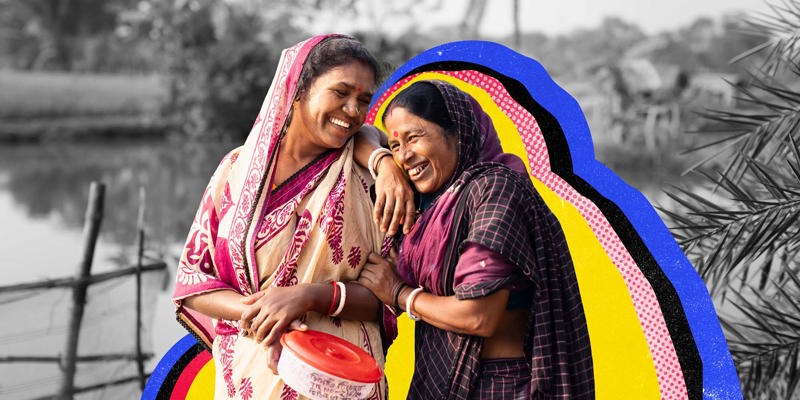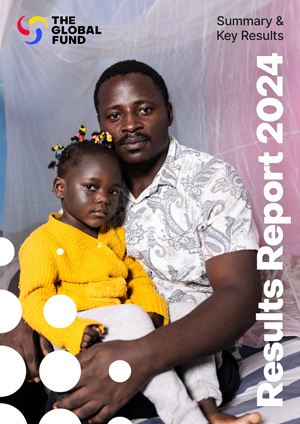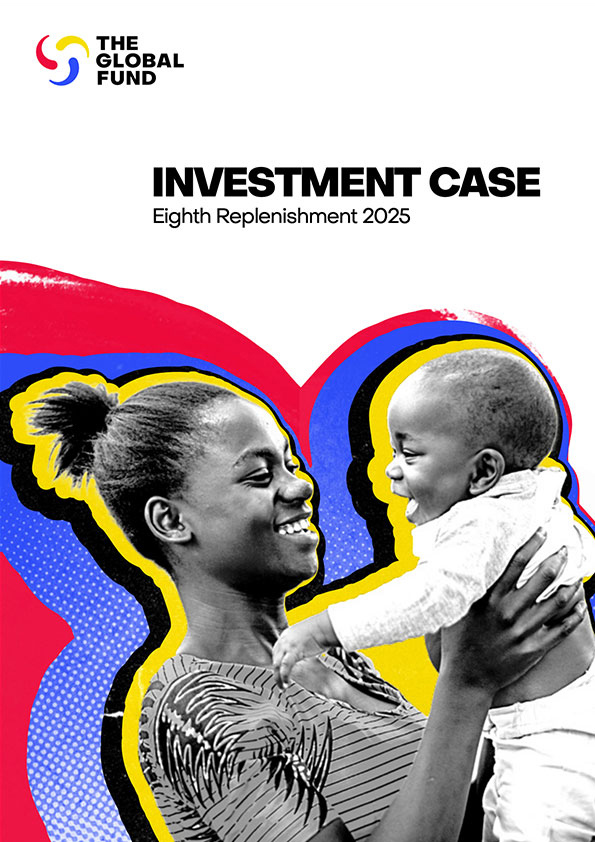

With Fresh Momentum, a Pivotal Moment for the Fight Against TB
In the fight against tuberculosis (TB), we may be on the cusp of an era of remarkable progress. The end of TB may not be here yet, but if the world grabs the momentum we have built in the last two years in the fight against this disease, we can make this moment the beginning of the end of an age-old disease.
More than 25 years ago, I worked as a clinician in a hospital in western Tanzania. I saw at close range the devastation of this disease, which was killing thousands every day across the world – some of them my patients.
At the time, TB appeared to be unstoppable. Combined with HIV, the disease spread like wildfire. In countries like Tanzania, malaria made a third formidable killer. In 2001, the three diseases together killed more than 6 million people across the world. If this horror continued unchecked, there was a risk that social disintegration and political instability would bring down some societies.
Then, from a wellspring of grassroots political activism among the people affected by the three diseases, the world came together to form health partnerships such as the Global Fund, the organization I work for today. Led by countries, these partnerships confronted persistent infectious diseases like TB, with the most immediate task of stopping people from dying. And in the first years of that fight, we made remarkable progress on that front – halting the spread of the three diseases and sending them into retreat.
Then, across the three diseases – and especially in the fight against TB – that progress soon slowed to a crawl. And when the COVID-19 pandemic arrived, the impact we were making in the fight against TB across the world plummeted. We were once again on the back foot, struggling to recover our gains.
Now after two years of declines due to COVID-19 disruptions and efforts to mitigate their effects, we are registering dramatic recoveries across TB programs worldwide. Innovative models to find missing people with TB that include decentralization to the community-level and engagement of the private sector, the introduction of new tools such as digital technology and artificial intelligence in TB diagnosis, and transitioning to all-oral treatment regimens for drug-resistant TB have contributed to that progress.

Lady health workers who provide TB and other health services coordinate their work on the outskirts of Islamabad, Pakistan. Photo: The Global Fund/Vincent Becker
The number of people newly diagnosed with TB was 7.5 million in 2022. This is a sign that more people previously missed by TB programs after failing to be diagnosed, treated or reported are now being found. TB treatment coverage increased to 70% in 2022 from 62% in 2021. Treatment success rates have also improved, to 88% for people treated for ordinary drug-susceptible TB, edging past the 86% achieved in 2019. The preliminary numbers for 2023 are even more promising.
And we are not stopping there. With novel approaches to find more missing people with TB and innovative tools such as short-course treatment regimens and preventive therapy and a vaccine on the horizon, the sense of progress is palpable. In addition, following two high-level meetings at the United Nations, in 2018 and 2023, we are seeing renewed political commitment in the fight against the disease. Out of those two gatherings came a political declaration that not only reaffirms existing commitments and targets but sets its sights on new ones for 2023-2027. As we ramp up these various areas of progress, we are slowly beginning to win this fight. To quote Dr. Tedros Adhanom Ghebreyesus, Director-General of the World Health Organization: “We have an opportunity that no generation in the history of humanity has had: The opportunity to write the final chapter in the story of TB.”
Yes! We can truly end TB as a public health threat. But for us to get there, there is still quite a bit of work to do. In 2022, TB remained the world’s second leading cause of death from a single infectious agent, after COVID-19. As COVID-19 wanes, TB will likely regain the number-one spot. Global TB targets have either been missed or remain off track. But with our new momentum, even these challenges are surmountable.
To reach our TB goals, we must double down on investments and efforts to fight the disease, improving access to prevention, testing and care. We must take full advantage of the latest innovations, creating at the same time a more pandemic-resilient world. We must catch this new tide of progress – and finally end TB.







